In the world of online commerce, ecommerce fulfillment stands as the linchpin of success, encompassing the critical journey from when an online order is placed to the moment it lands in the customer’s hands. This process, more than just a logistical step, is the heartbeat of customer satisfaction and business growth. Delving into the nuances of ecommerce fulfillment, we find a landscape rife with myths and misconceptions.
This article sheds light on the real-world practices and innovative approaches in ecommerce order fulfillment, setting the stage for strategic, adaptable, and successful online business operations.
3 Key Strategies for Ecommerce Order Fulfillment
Navigating the world of ecommerce fulfillment requires a deep understanding of the various strategies available to meet the diverse needs of online businesses. Each approach, from in-house operations to innovative third-party solutions, comes with its unique set of advantages and challenges. In this section, we explore three key strategies:
Strategy 1: In-House Ecommerce Fulfillment
Embracing in-house ecommerce fulfillment is like setting the stage for a performance where you’re both the director and the lead actor. It’s a strategy that resonates with businesses that relish the idea of having complete control over every aspect of their fulfillment process. Imagine having the freedom to decide how each product is stored, the way orders are packed, and even the design of the packaging that aligns with your brand’s unique identity.
This approach, however, is not without its challenges. It requires a significant investment of time and resources, particularly in managing the logistics intricacies and handling the physical aspects of storage and shipping. As your business grows, these challenges become more pronounced – more orders mean more inventory to manage, more packages to ship, and potentially more staff to hire. The space needed for storage might also increase, necessitating a move to a larger facility or creative solutions to maximize existing space.
Despite these challenges, in-house fulfillment is particularly appealing for businesses with unique products that require special handling or customization before shipping. It also suits businesses that prioritize creating a distinctive brand experience for their customers, from the moment they open their package to the product itself. If your business can navigate the complexities of scaling up and is prepared to invest in the logistics infrastructure, in-house fulfillment can be a highly rewarding strategy.
Integrating a small warehouse space, such as those offered by WareSpace, can significantly alleviate many of these cons. Renting a small warehouse provides the perfect middle ground – it offers ample space for inventory management and shipping operations without the overwhelming costs and commitments of large-scale facilities. For small businesses, this solution presents a feasible way to enjoy the benefits of in-house fulfillment while minimizing the challenges associated with space and scalability. With WareSpace, businesses gain the flexibility to grow at their own pace, ensuring that the logistics aspect of their operation scales harmoniously with their sales and production.
By contrast, let’s look at the other two strategies.
Strategy 2: Dropshipping
Dropshipping is a strategy that minimizes upfront costs and simplifies inventory management, ideal for businesses exploring new markets or with limited resources. Its advantages include:
- Reduced Costs: Low initial investment with no need for large inventory.
- Easy Inventory Management: Suppliers handle product storage and stock updates.
The downsides are:
- Limited Shipping Control: Reliance on suppliers for shipping can affect customer experience.
- Dependency on Supplier Stock: Business is impacted by supplier’s stock availability and quality.
This model is beneficial for:
- New Market Testing: Experiment with products without significant investment.
- Resource-Limited Startups: Businesses that want to focus on sales and marketing, not logistics.
Strategy 3: Third-Party Logistics (3PL)
Third-Party Logistics (3PL) providers offer a blend of expertise, cost-effectiveness, and data insights, making them a popular choice for growing businesses. Their advantages include:
- Expertise: Professional handling of logistics with industry knowledge.
- Cost Reduction: Lower operational costs due to economies of scale.
- Data Insights: Advanced analytics for improved decision-making.
Challenges include:
- Selecting the Right Partner: Finding a 3PL that aligns with business needs and values.
- Control Trade-off: Some operational control is relinquished to the 3PL provider.
3PLs are particularly effective for:
- Expanding Businesses: Companies looking to grow without the added burden of managing logistics.
- Efficiency Seeking Businesses: Seeking to leverage professional logistics services for better performance.
These comprehensive strategies offer a range of options for businesses navigating the complex world of ecommerce fulfillment, each with its unique set of benefits and considerations. Understanding these strategies will empower businesses to make informed decisions, balancing control, cost, and scalability to achieve ecommerce success.
Crafting an Effective Order Fulfillment Strategy
Developing a robust ecommerce fulfillment strategy is a critical step in ensuring the smooth operation and growth of your online business. This process involves a careful evaluation of several key factors that directly impact both efficiency and customer satisfaction.
1. Analyzing Order Volume: Understanding the scale of your orders is fundamental. Are you processing a handful of orders per day, or are you dealing with hundreds or thousands? This factor alone can significantly influence the choice of fulfillment strategy, as different volumes require different levels of resources and automation.
2. Prioritizing Speed and Accuracy: In the fast-paced world of ecommerce, speed is king. However, it must be balanced with accuracy. Customers expect quick delivery, but not at the expense of receiving the wrong item. Striking this balance is crucial for maintaining customer trust and reducing costly returns.
3. The Role of Location: The geographic positioning of your fulfillment operations can have a massive impact on shipping times and costs. A centrally located warehouse, for instance, can reduce the distance to most customers, thereby reducing delivery times and shipping costs. Companies like WareSpace offer strategically located shared small warehouses, which are perfect for small to medium-sized businesses. These facilities not only provide essential storage space but also come equipped with various operational capabilities, allowing for a more seamless fulfillment process.
4. Leveraging Technology: Incorporating technology such as Warehouse Management Systems (WMS) can revolutionize your fulfillment strategy. A WMS can automate many aspects of the fulfillment process, from inventory tracking to the optimization of picking and packing processes. This not only speeds up operations but also reduces the likelihood of human error, ensuring a more consistent and reliable customer experience.
5. Flexibility and Scalability: Your fulfillment strategy should be flexible enough to handle peak seasons and scalable to grow with your business. This might involve flexible storage solutions, such as those offered by WareSpace, which can adapt to varying inventory levels, or scalable technological solutions that can handle an increasing order volume without a drop in performance.
6. Customer Satisfaction Focus: Ultimately, every aspect of your fulfillment strategy should align with the goal of maximizing customer satisfaction. This includes considering return policies, package tracking options, and even the unboxing experience. Happy customers are more likely to become repeat customers, so it’s worth investing in these details.
Crafting an effective order fulfillment strategy requires a careful balance of practical considerations and strategic planning. By focusing on these key areas, businesses can create a fulfillment process that not only meets their operational needs but also enhances the overall customer experience, laying a strong foundation for growth and success in the competitive world of ecommerce.
Choosing the Right Ecommerce Order Fulfillment Model
Selecting the ideal ecommerce order fulfillment model hinges on balancing each model’s pros and cons with your business’s specific needs, size, and aspirations.
In-house fulfillment offers unparalleled control, perfect for businesses with specific packaging or quality control needs. Scalability can be a hurdle, but this is where small warehouse spaces like WareSpace are invaluable. They provide a flexible solution to grow with your business, offering enough space for inventory and fulfillment operations without the steep costs of large warehouses.
Dropshipping reduces costs and operational burdens by eliminating inventory management. It’s ideal for businesses exploring new markets or with limited capital, but it does come with reduced control over shipping and inventory, which can impact customer experience.
Third-Party Logistics (3PL) strikes a balance by handling the complexities of storage and shipping. They’re a great option for businesses aiming to focus more on marketing and product development, especially for those experiencing rapid growth or with complex shipping needs. Choosing the right 3PL partner is critical for ensuring reliability and scalability.
The choice of fulfillment model should reflect your business’s current situation and future goals. Small warehouse solutions like WareSpace offer a scalable, cost-effective option for small businesses, blending the benefits of in-house control with the flexibility to expand.
Looking Forward in Ecommerce Fulfillment
Selecting the right ecommerce fulfillment strategy is critical for business growth and customer satisfaction. Whether opting for in-house, dropshipping, or third-party logistics, it’s essential to evaluate specific needs and resources. As the ecommerce landscape evolves, staying informed and adaptable will be key to thriving in online order fulfillment.
Blog Info: Author – Laura Johnson Category – eCommerce and Warehousing

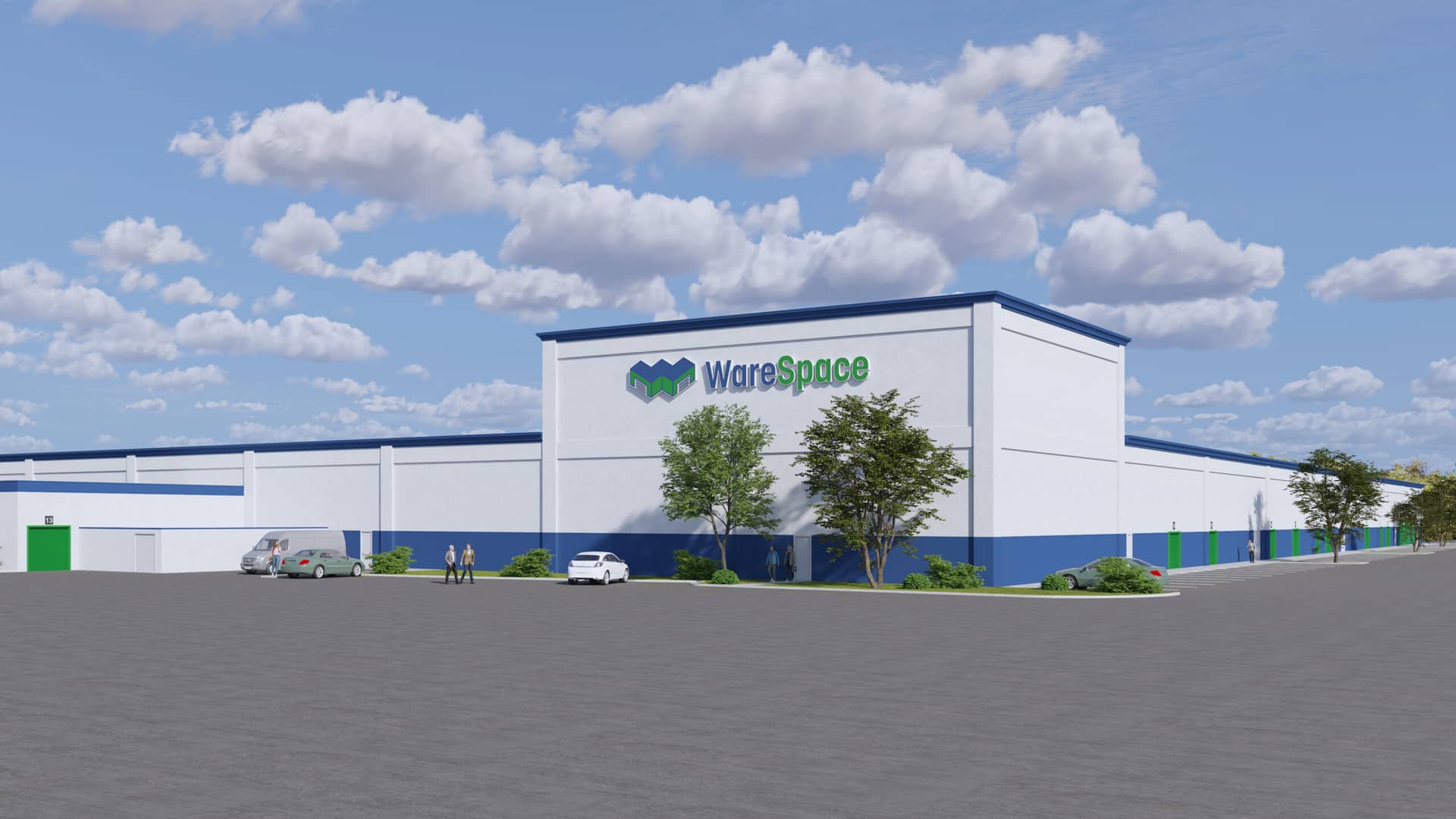
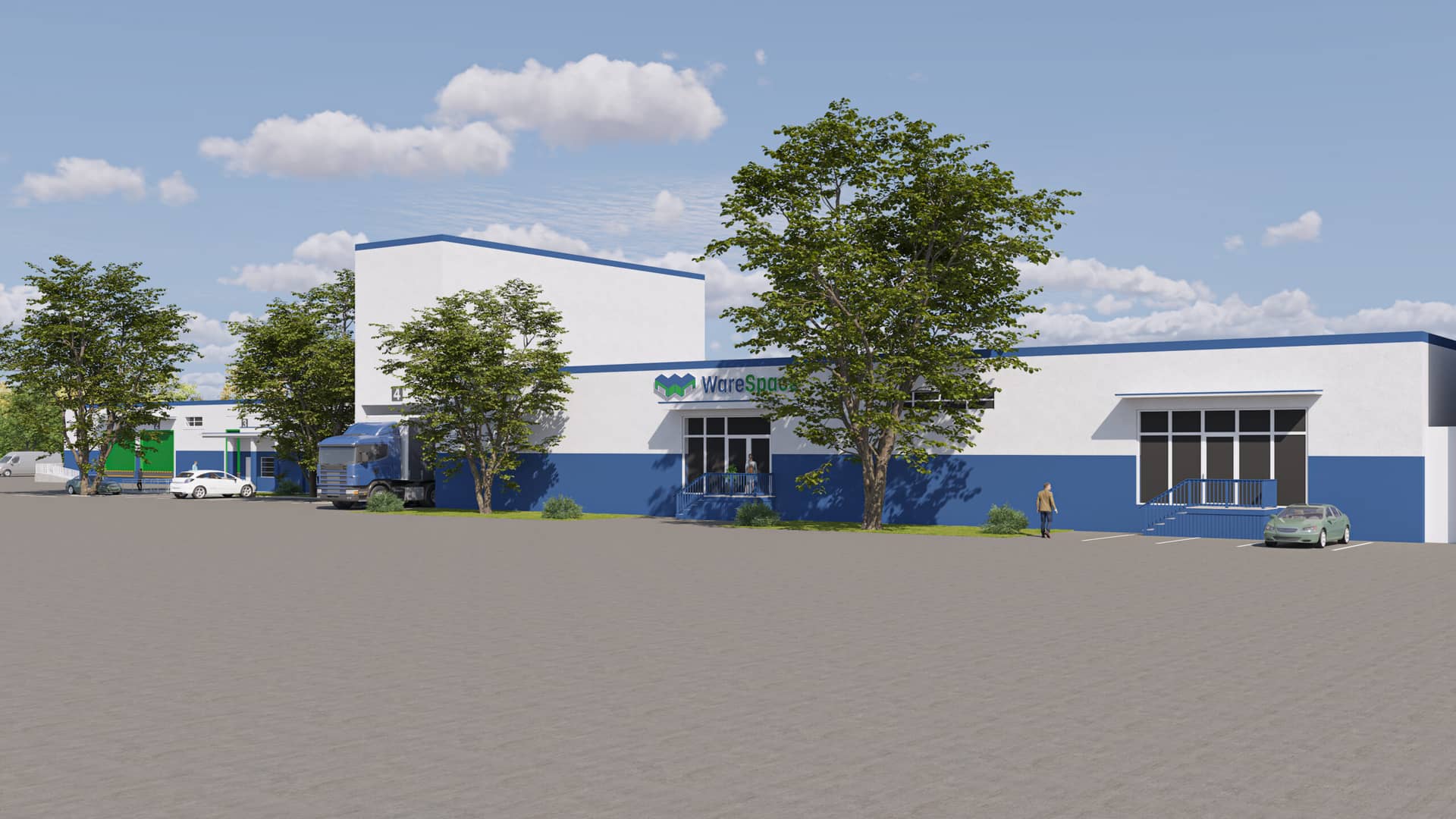
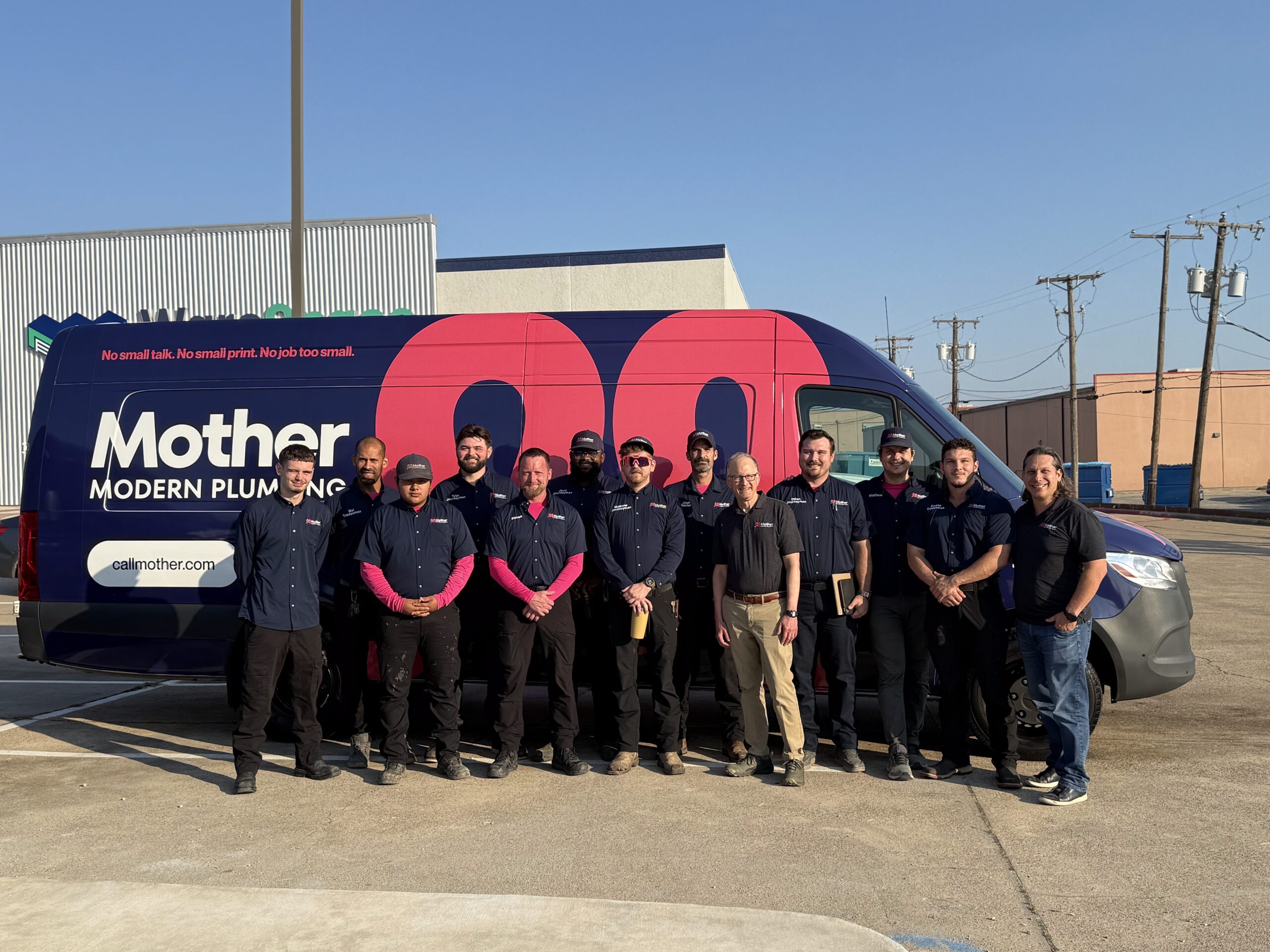
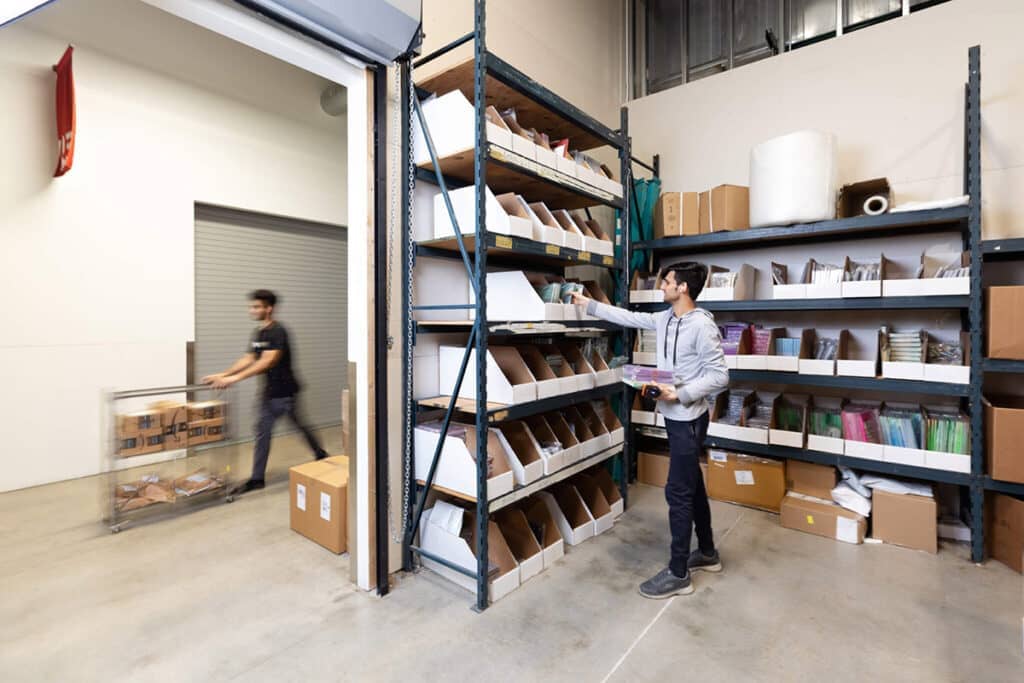
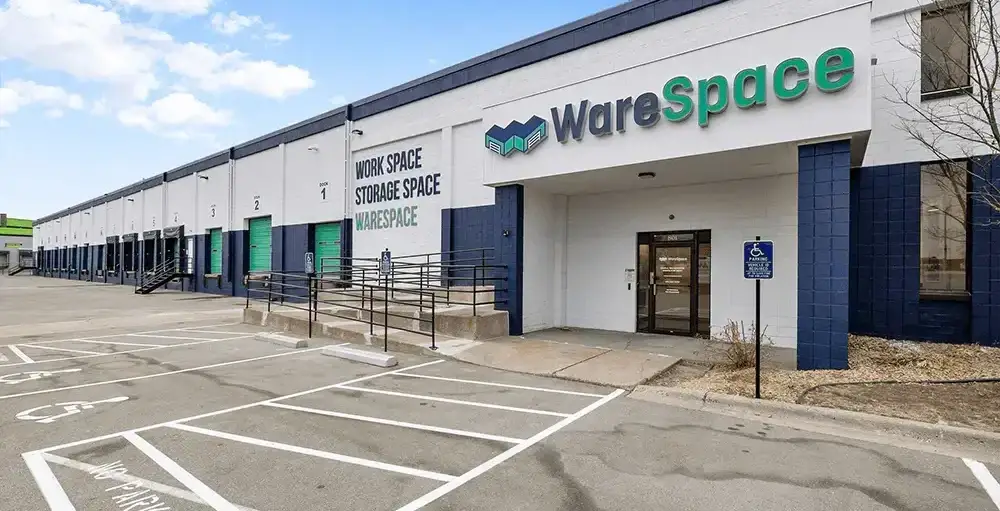
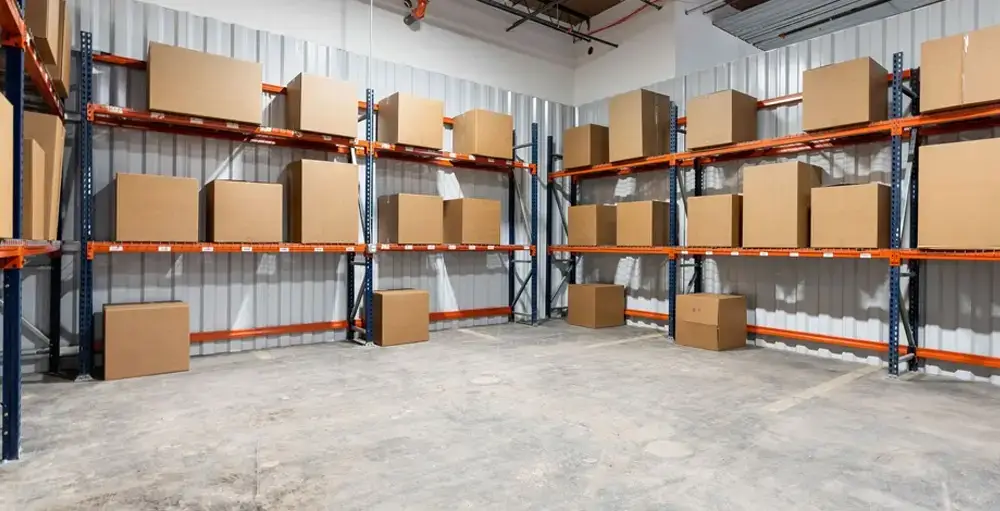
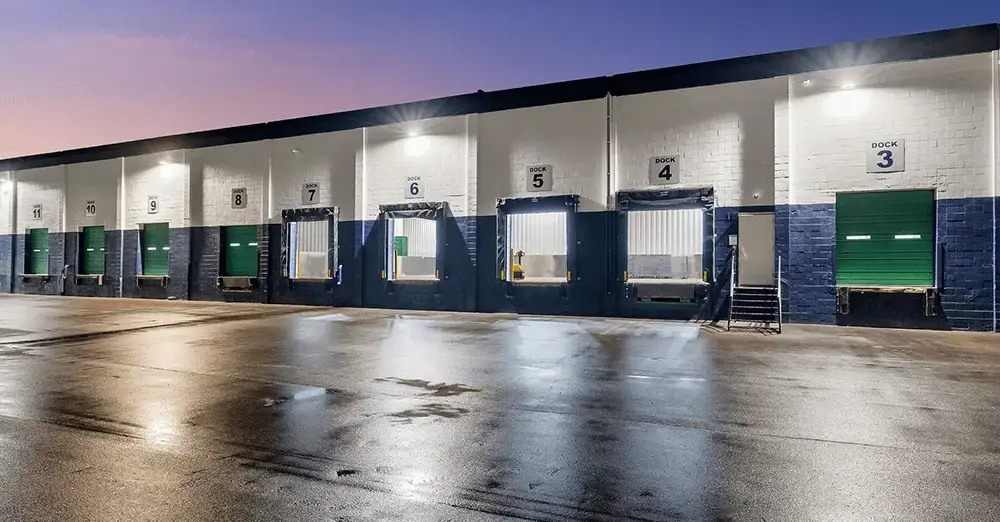
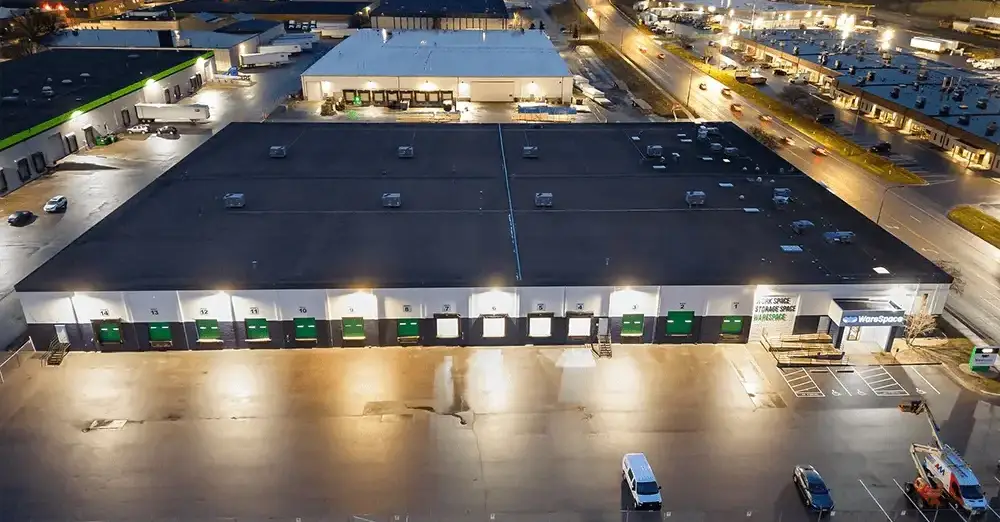











 ►
Explore 3D Space
►
Explore 3D Space